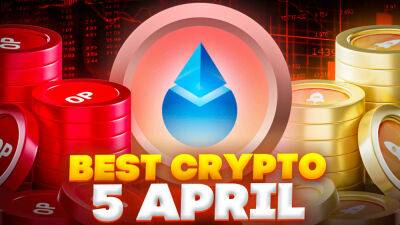DeFi 2.0: New era of decentralized finance emerges with enhanced security, scalability, and interoperability
DeFi 2.0, is emerging. These platforms are built on the strengths of DeFi 1.0 and strive to address some of its challenges and limitations. In the ever-changing financial industry, the introduction of new products and services is a constant phenomenon. From credit cards and online banking to contactless payment and more recently, peer-to-peer lending, each financial product or service goes through multiple iterations. In the same vein, the DeFi space has also undergone a process of evolution and development, with the initial offerings being restricted to creating decentralized versions of traditional financial products such as loans and insurance. However, as DeFi protocols have undergone testing, strengthening, and improvement, the user experience has been notably enhanced, and a wider range of use cases have been developed. With this ongoing momentum in innovation, it is likely that soon, DeFi applications will be even more user-friendly and advanced compared to traditional banking apps or earlier versions of DeFi apps.
Did you Know?
SAP has launched a new enterprise on the Metaverse with the aim of accelerating cloud adoption among Indian firms. The interactive and immersive ‘cloud on wheels’ platform will enable customers to experience the full range of SAP’s offerings and reimagine processes for improved business outcomes.
View Details »What are some of the features and technologies that set DeFi 2.0 apart from its predecessor?Emphasis on community governance and collaborationDeFi 2.0 is characterized by an emphasis on community governance, collaboration, and the integration of new technologies such as decentralized autonomous organizations (DAOs), non-fungible tokens (NFTs) and advanced smart contract protocols,
Read more on economictimes.indiatimes.com










![Neo [NEO] Price Analysis: 05 April - ambcrypto.com](https://finance-news.co/storage/thumbs_400/img/2023/4/5/63102_3me.jpg)
